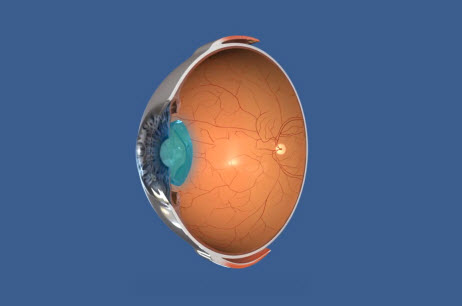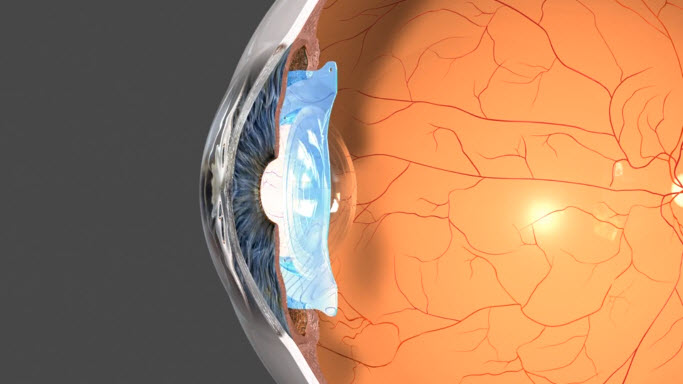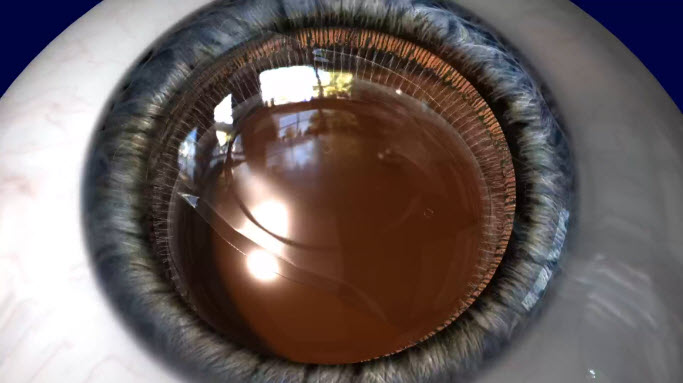In the ever-evolving landscape of vision correction, innovative technologies are constantly reshaping how we experience the world around us. One such remarkable advancement is trifocal lens technology. This ground-breaking solution has the potential to revolutionize vision correction, offering a new perspective on clarity and convenience. In this article, we’ll delve into the world of trifocal lenses, exploring their benefits and the cutting-edge innovations that make them a game-changer in the field of ophthalmology.
Understanding Trifocal Lens Technology
What Are Trifocal Lenses and How Do They Work?
Trifocal lenses are a type of multifocal lens designed to correct vision at three distinct focal points: near, intermediate, and far. This innovative technology aims to address the limitations of traditional multifocal lenses by providing a seamless transition between all three distances.
Overcoming the Limitations of Bifocals and Progressives
While bifocal lenses have significantly improved vision correction for presbyopia, they still come with certain challenges. Bifocals lenses only give a fixed distance and near vision. Trifocal lenses aim to overcome this limitation by giving added intermediate vision too.

Advantages of Trifocal Lens Technology
Seamless Transition for all Vision
This means you can effortlessly switch between reading, working on a computer, and enjoying panoramic views without the need to tilt your head or strain your eyes.
Enhanced Depth Perception
One of the remarkable benefits of trifocal lenses is their ability to provide some enhanced depth perception. This is particularly beneficial for activities that require judging distances accurately, such as driving and playing sports.
Reduced Visual Discomfort
Newer trifocal lenses are designed to minimize visual discomfort commonly associated with traditional bifocal lenses. With precise correction at various distances, users often experience less glare and fewer visual disturbances.

Innovations in Trifocal Lens Design
Precision and Customization
Recent innovations in lens manufacturing have allowed for higher precision and customization. Trifocal lenses can now be tailored to an individual’s unique visual needs, ensuring optimal comfort and clarity.
Advanced Materials for Clarity
State-of-the-art materials used in trifocal lenses contribute to clearer vision and lifelong durability. These materials also offer better resistance to scratches and smudges, ensuring a longer lifespan for the lenses.
The Future of Trifocal Lens Technology
Continued Research and Enhancement
As technology continues to advance, the potential for even more refined trifocal lens designs is on the horizon. Ongoing research aims to make the transition between focal points even more seamless and the visual experience even more natural.

Embracing Clarity and Convenience
The Impact on Quality of Life
Trifocal lens technology isn’t just about clearer vision; it’s about enriching the quality of life. Whether it’s reading a book, participating in hobbies, or simply enjoying the beauty of the world, these lenses can truly enhance everyday experiences.
As we navigate the future of vision correction, trifocal lens technology stands as a testament to human ingenuity and the endless possibilities of innovation. With its ability to seamlessly provide clear vision at varying distances, it’s shaping a future where visual limitations are a thing of the past.
Frequently Asked Questions – Trifocal Lens Technology
Q1: Are trifocal lenses suitable for individuals with astigmatism?
Yes, there are trifocal lenses designed to correct astigmatism along with presbyopia. Consult an eye care professional for personalized recommendations.
Q2: Can trifocal lenses be customized for my specific visual needs?
Absolutely, advancements in lens manufacturing allow for precise customization. Your eye care provider can help determine the best options for your unique requirements.
Q3: Will it take time to adjust to trifocal lenses?
Like any new visual correction solution, there might be an adjustment period. However, most people adapt within a short span of time.
Q4: Can I drive comfortably with trifocal lenses?
Yes. You are likely to experience some glare and halos whilst driving at night for the initial couple of months until the eyes get neuroadapted.
Q5: How often should I replace my trifocal lenses?
These are lenses fitted inside your eyes. So, the lenses will not need any replacements but your eye will continue to age in a natural pattern.
Imagine a world where you could seamlessly transition between reading a book, working on your computer, and enjoying the beauty of the outdoors without constantly fumbling for your reading glasses. Thanks to the remarkable advancements in multifocal lens technology, this dream has become a reality for millions struggling with presbyopia.
Understanding Presbyopia and its Impact
Presbyopia, often referred to as age-related farsightedness, is a common vision condition that typically becomes noticeable after the age of 40. It occurs when the natural lens of the eye loses its flexibility, making it challenging to focus on objects up close. This natural part of aging can lead to eye strain, headaches, and the need for reading glasses or bifocals.
The Evolution of Multifocal Lenses
Multifocal lenses have revolutionized the way we address presbyopia. These lenses are designed with multiple prescriptions in a single lens, allowing individuals to see clearly at varying distances. The journey of multifocal lens technology is marked by several significant advancements:

1. Bifocal Lenses: The Foundation
Bifocal lenses, one of the earliest forms of multifocal technology, offered a clear distinction between the upper part for distance vision and the lower segment for near vision. While effective, they lacked a smooth transition and often resulted in image jump. Further advancement in technologies led to diffractive, refractive and segmental designs of bifocal lens.
2. Trifocal Lenses: Adding an Intermediate Zone
Trifocal lenses introduced an intermediate vision zone, addressing the needs of those who use digital devices frequently. This advancement significantly improved the quality of life for individuals with presbyopia.
3. The Benefits of Modern Multifocal Lenses
With these advancements, modern multifocal lenses offer a plethora of benefits:
• Enhanced Visual Range: Multifocal lenses cover a range of distances, from far to intermediate to near, offering a comprehensive solution for daily tasks.
• Spectacle independence: Individuals can reduce their dependence on reading glasses, enjoying greater freedom and convenience.
Overcoming Challenges
While multifocal lenses have come a long way, there are still challenges to address:
• Adaptation Period: Some individuals may require a brief adaptation period to get used to the new way of seeing through multifocal lenses.
• Night Glare: There may be some glare and halos at night, affecting night time driving in the initial few months until the get neuroadapted when the patients ceases to see them.

The Future of Multifocal Lens Technology
The journey of multifocal lens technology is far from over. Researchers are exploring innovations such as accommodative lenses, which mimic the natural focusing ability of young eyes, and light-adjustable lenses, which can be fine-tuned even after they are implanted.
As we move forward, one can only anticipate further breakthroughs that will continue to enhance the lives of those dealing with presbyopia.
Conclusion
In a world where technological advancements are reshaping our lives, multifocal lens technology has emerged as a beacon of hope for individuals facing the challenges of presbyopia. The seamless integration of various prescriptions into a single lens is nothing short of revolutionary. With enhanced visual comfort and reduced dependence on reading glasses, multifocal lenses are not just correcting vision-they’re restoring the joy of experiencing the world with clarity.
